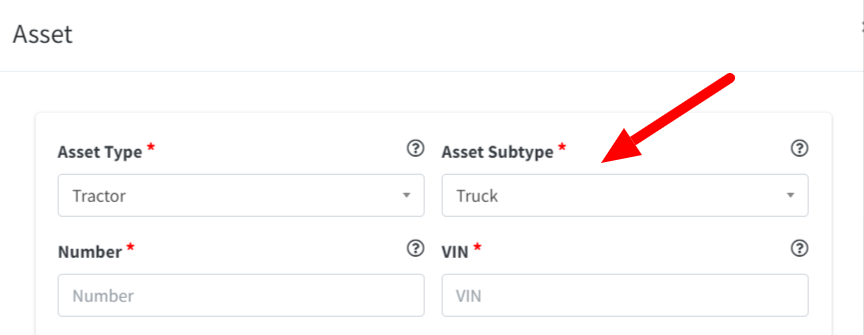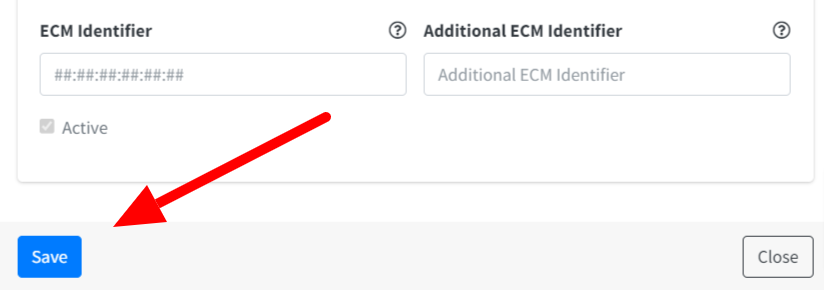*Note: GPS Trackit is not part of the US Department of Transportation and CANNOT answer questions related to ELD regulations. Questions/Concerns of that nature have to be handled directly with the DOT.
To read more about US DOT and ELD Regulations visit eld.fmcsa.dot.gov
ELD Administrative set up begins in the Manage tab, at the top of the left hand menu.

Verify that the correct company is displayed in the Name field. Please Contact GPS Trackit to report any errors.

A series of icons will appear to the right. For Assets, select the second icon from the right.

Assets means Tractors (the general term used for all vehicles) and Trailers. A Tractor is the pull unit, where the engine and drivers compartments are located and where the ELD unit is physically installed. For every ELD purchased, a Tractor should be created.
A Trailer on the other hand is anything pulled by the Tractor. While every company will have Tractors, not everyone will have Trailers.
All Tractors and Trailers are entered through the New button in the upper right corner. Drivers will not be able to log their hours until the Asset list has been created.

Asset Type is to be set first, choosing either Tractor or Trailer. Tractor is selected by default. To change to Trailer, simply click on the dropdown menu.

Then input the appropriate Asset Subtype. If the available options aren’t suitable, simply select ‘none’.

Use the Number field to give the Asset a unique name. This will default to all caps and should contain no spaces or symbols.

The VIN for the vehicle goes in the VIN field. If the ELD unit is moved to a different vehicle, be sure to update the VIN. Otherwise the unit won’t work. The unit expects to match the VIN entered here to the VIN it reads from the vehicle once installed.

Next, input the fuel type used by the tractor. If creating a Trailer, this field will not appear.

The Plate field is for the Tractor or Trailers license plate number. Use the Registration State field to input the state the asset is registered to.

Tractors and Trailers must also have an assigned Home Base. Please select from this drop-down menu. Creating the Homes Bases before setting up Drivers is required.

The DOT has requirements for both pre and post trip inspections. Apollo ELD provides a default checklist to use for these inspections. If desired, custom checklists can be built for use instead. Use the Custom DVIR Template field to apply a custom checklist. If nothing is selected on the dropdown, the default checklist will come up for the driver instead.

An optional Description field is available, to record any other desired asset information.

If the Forced Asset/ECM Connection box was checked in the Details section, the ECM Identifier will become a required field. Otherwise it’s optional. ECM Identifier is the equivalent of a MAC address.

Save the Asset.

Assets can be edited at any time if changes are needed. Please remember to update the list if Assets are purchased or sold.



